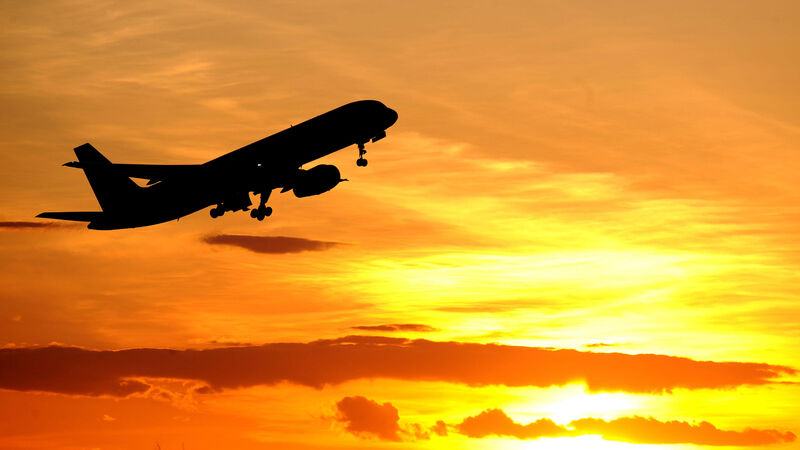John Whelan: Plummeting air- freight costs deliver opportunity for Irish firms

Night-time flying is an integral part of the mission-critical export service. Picture: PA
Try from €1.50 / week
SUBSCRIBEDemand and the costs of global air cargo shot-up dramatically during the pandemic and the closure of Russian airspace. Prices have now plummeted to offer respite and opportunities to Irish exporters.
The International Air Transport Association, the industry group for big airlines, has said global air cargo yields have fallen by over a third this year, and figures from Xeneta Air, the global data consultancy, have shown a 41% fall in air freight rates this summer from last year.
CONNECT WITH US TODAY
Be the first to know the latest news and updates
Newsletter
News and analysis on business, money and jobs from Munster and beyond by our expert team of business writers.
Newsletter
News and analysis on business, money and jobs from Munster and beyond by our expert team of business writers.
Newsletter
Keep up with stories of the day with our lunchtime news wrap and important breaking news alerts.
Newsletter
Sign up to the best reads of the week from irishexaminer.com selected just for you.
Monday, November 17, 2025 - 10:00 AM
Monday, November 17, 2025 - 1:00 AM
Monday, November 17, 2025 - 11:00 AM
© Examiner Echo Group Limited